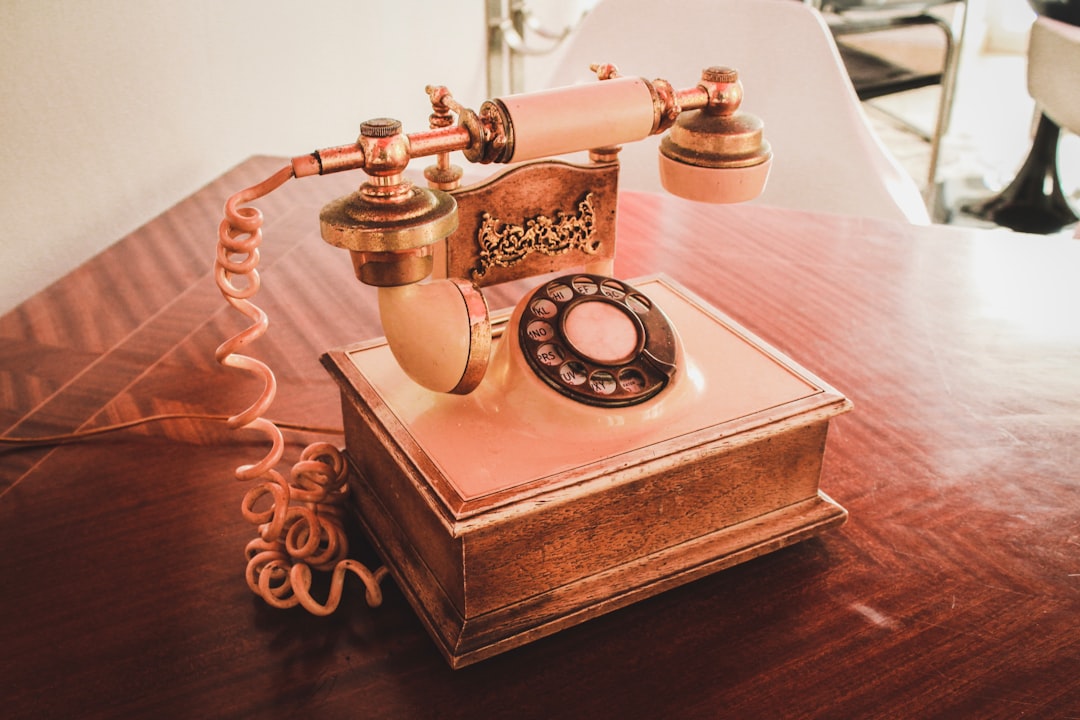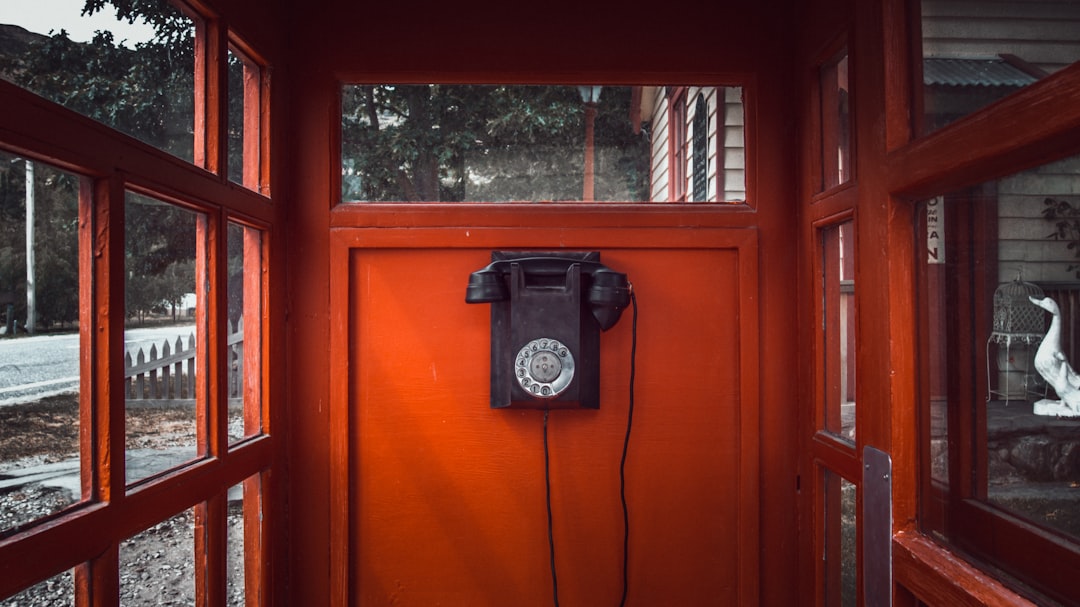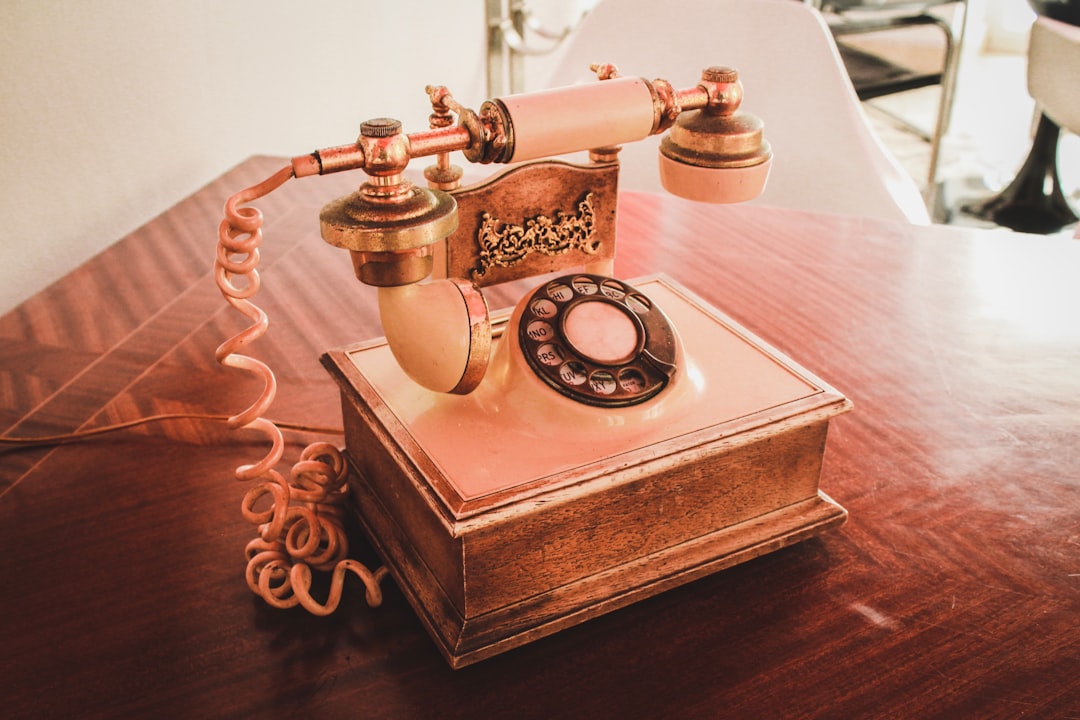In Minnesota, unwanted calls remain a persistent issue affecting residents’ daily lives. To combat this, understanding community awareness is crucial. This article delves into effective strategies for gauging public sentiment about unwanted calls through surveys and outreach campaigns. We explore how legal action against persistently intrusive callers can be initiated by analyzing survey data and public responses. For Minnesota residents seeking recourse as unwanted call lawyers, this guide offers valuable insights into navigating litigation with community support.
Understanding Community Awareness Surveys and Their Role in Unwanted Call Litigation

Strategies for Conducting Effective Public Outreach Campaigns in Minnesota

Effective public outreach is key to raising awareness about unwanted calls in Minnesota. Utilize a multi-channel approach, combining traditional methods like local community events and public service announcements with digital strategies such as social media campaigns and targeted online ads. Engage with community leaders and organizations, including churches, schools, and neighborhood associations, to amplify your message and reach a diverse audience.
Tailor your communication to resonate with Minnesotans by emphasizing the legal aspects, such as the state’s laws regarding unwanted calls and the potential consequences for violators. Partner with local media outlets to share stories of individuals affected by these calls, humanizing the issue and fostering empathy. Offer educational resources, like workshops or webinars, to equip residents with knowledge about their rights and tools to combat unwanted callers, ensuring a well-informed community.
Analyzing Data: Interpreting Results to Drive Legal Action Against Unwanted Callers

Analyzing data collected from surveys, call logs, and other sources is a crucial step in understanding community awareness about unwanted calls. This process involves sifting through numbers to identify patterns, trends, and outliers—for example, peak times for unsolicited calls or specific areas with unusually high volumes. By interpreting these results, advocates can pinpoint problem hotspots and target their efforts effectively.
The insights gained from data analysis empower unwanted call lawyers in Minnesota to take informed legal action. They can use this information to build stronger cases against repeat offenders, educate the public about their rights, and lobby for stricter regulations. Ultimately, by translating raw data into actionable steps, these measures contribute to a safer and more peaceful environment for residents tired of unwanted calls.






